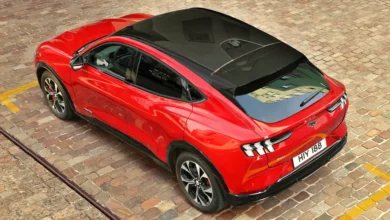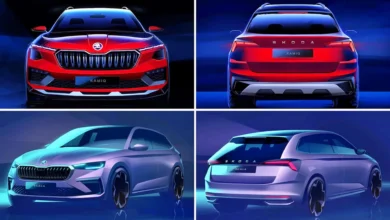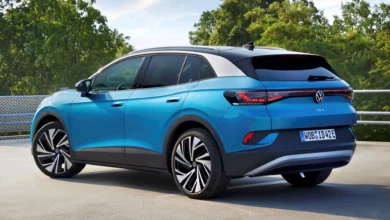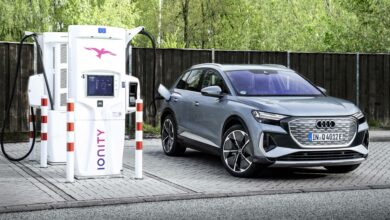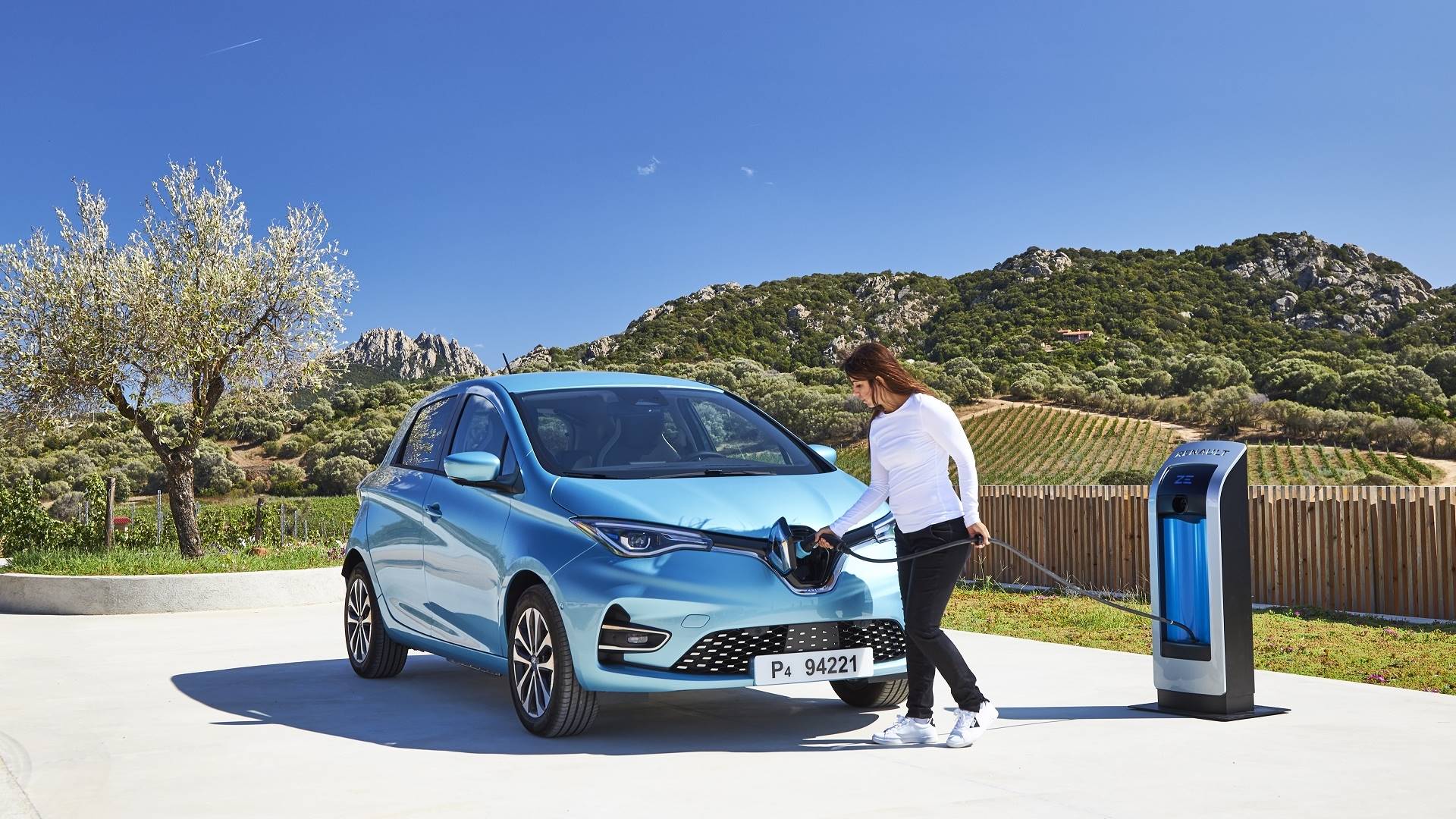
Within the action plan against climate change, the European Union contemplates assigning mandatory quotas of chargers to each country. The whiting that bites its tail. Still, without sufficient demand, electric chargers are conspicuous by their absence in many European territories. And at the same time, without an infrastructure to support the needs of this new technology, its growth slows.
In 2035, the European authorities will ban the sale of new cars with internal combustion engines to achieve carbon neutrality by 2050, which is essential to reduce greenhouse gas emissions that cause progressive global warming.
These proposals are still being debated for their application in the European Commission and now another suggestion is added to speed up the process. This is the establishment of a compulsory quota assigned to each member country in terms of the number and location of recharging points.
Poles every 60 kilometers
The project seeks to ensure a minimum infrastructure to support the deployment of alternative energy vehicles and thus achieve the environmental goals set. And for this, it proposes to provide the major European road transport hubs with a sufficient recharging network to promote the use of electric vehicles on a large scale.
Specifically, the EU tries to ensure through regulation the installation of a fast-charging post every 60 kilometers along the main communication routes. A deployment that would lead to the installation, before 2030, of up to four million points of connection to the network to replenish electricity to cars. This was announced by the European Commissioner for Justice Didier Reynders, who at the Platform for Electromobility conference assured that quotas for recharging points for electric cars will be mandatory in EU countries.
However, according to the European Manufacturers Association (ACEA), some countries could not meet these objectives in time and have already expressed themselves in the line of lengthening that mandatory distance between charging points and also in the need to reduce the power initially required. for public infrastructure poles. And it is that even in the countries of Northern Europe, where electrification is advancing at a faster rate, the deployment of the charging network is not developing at the desired pace to achieve the proposed objectives.
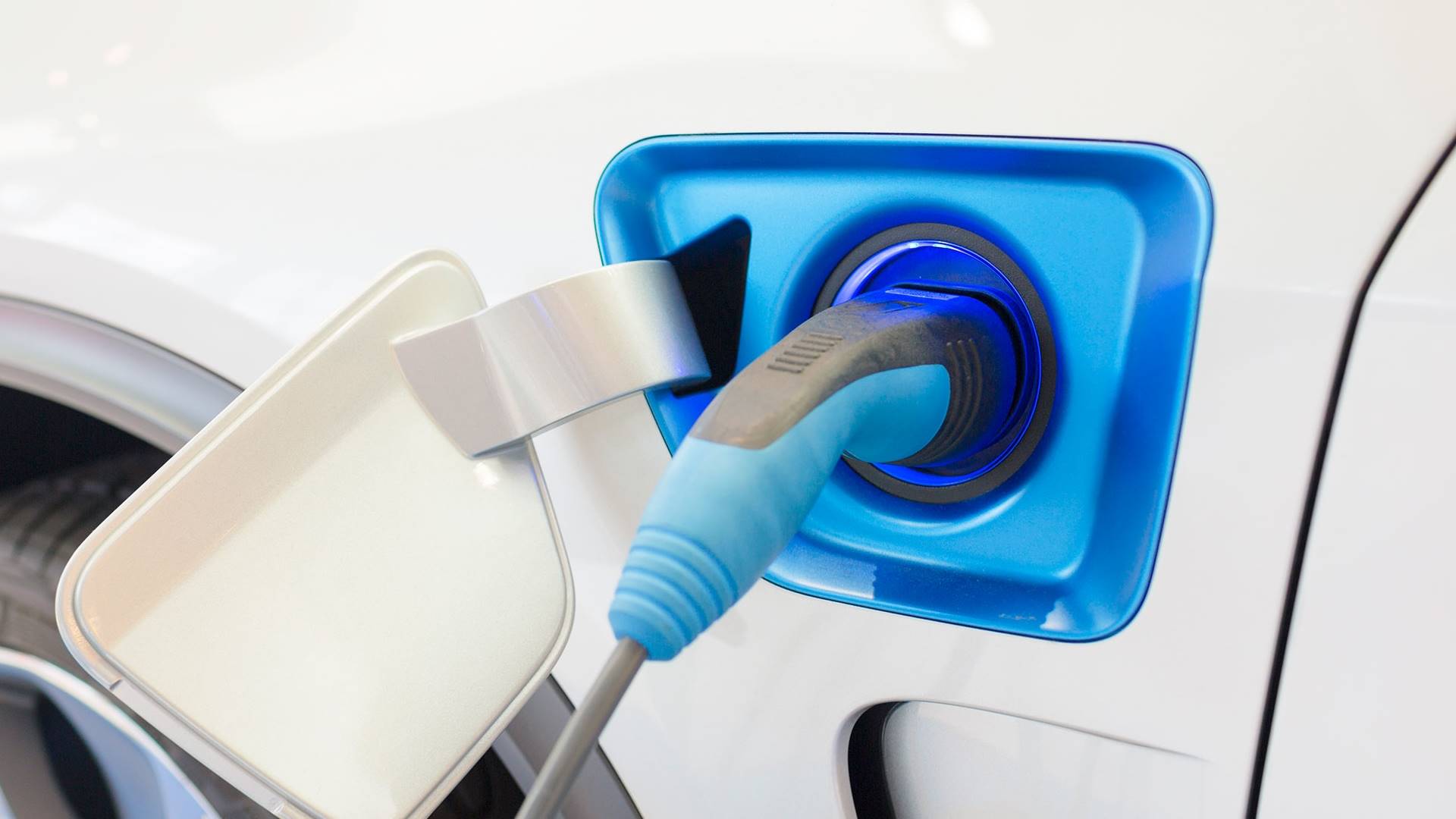
Spain lagging behind
The gap in the electrification process leaves the ball in the court of the different Member States since the project of deploying an official network of chargers by the EU has already received significant support from the European Federation of Transport and Environment Environment (T&E), an independent body and, as the manufacturers association ACEA emphasizes, also the support of the main local car brands, which have already signed their commitment to abandon traditional combustion mechanics even before the official ban.
In the Spanish case, the current electric charge network currently has less than 15,000 points, progresses very slowly, and is at the bottom of the continental countries where the Netherlands, Germany, and France already concentrate 70% of the existing ones.
According to official forecasts, in 2030 five million electric vehicles should already circulate in Spain, for which the availability of 340,000 public chargers will be needed according to the calculations of the Business Association for the development and Promotion of Electric Mobility (Aedive).
For its part, and to speed up this process and reduce the distance from other neighboring countries, the Spanish Ministry for the Ecological Transition and the Demographic Challenge approved a royal decree at the end of last year that promotes the electric vehicle charging network through a series of fiscal measures among others, to reach the barrier of 100,000 public points in 2023.
